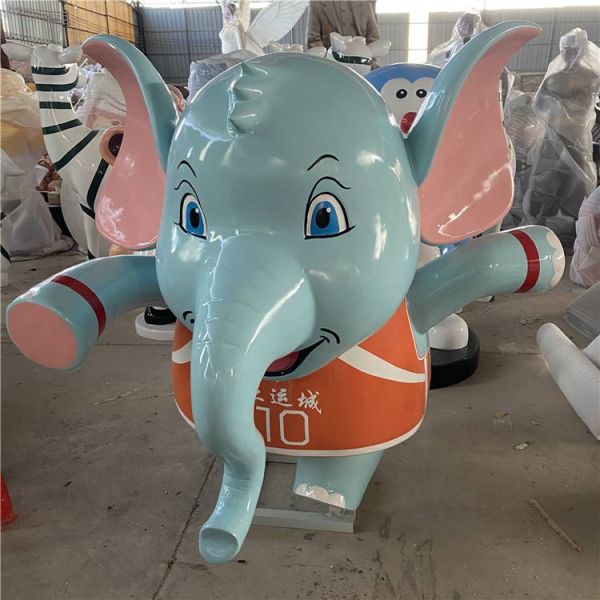FRP products are widely used, even are ideal materials replacements of some metals and plastics, which are environmentally friendly materials in the perspective of reducing the plastic pollution.

FRP products are widely used and are an ideal material to replace some metals and plastics. They can not only save the consumption of metal resources, but also reduce the plastic pollution. In the vast rural areas, the rain shield made of FRP is comparable to plastic in performance, and the service life is greatly extended.

FRP products have good corrosion resistance property. Fiberglass and resin (phenolic plastic, epoxy resin or polyester resin are used to produce sculptures and the tensile strength of these material are comparable to steel, so named FRP. The tensile strength of FRP products is close to, even stronger than carbon steel, and its specific strength can be compared with advanced alloy steel. FRP is a corrosion resistant material, and has a good resistance to various concentrations of acid, alkali, salts and oils and solvents. This material is particularly resistant to acid corrosion. There are a variety of acidic, alkaline substances in the atmospheric environment, fibreglass sculptures also proof to some oil or solvent corrosive liquid, FRP is completely resistant to these substances. However, its disadvantage is also obvious, its long-term high temperature resistance is relatively poor. Usually, FRP cannot be used at high temperatures for a long time. The strength of ordinary polyester FRP above 50℃ will decrease significantly, and it is generally used below 100℃.
FRP art sculptures have have applications in many industries. For example in the field of construction, commonly used for making doors and Windows, or a few decorative supplies, toilet, basin, bathtub, building template. FRP product is also widely used in the field of academic engineering, FRP can also be used as a container for storing corrosive liquids. In fact, the transportation industry for FRP demand is also versatile. For example, certain parts of a transport vehicle, or the bottom beams of large cars, or even the bumpers can be made of fiberglass material.

